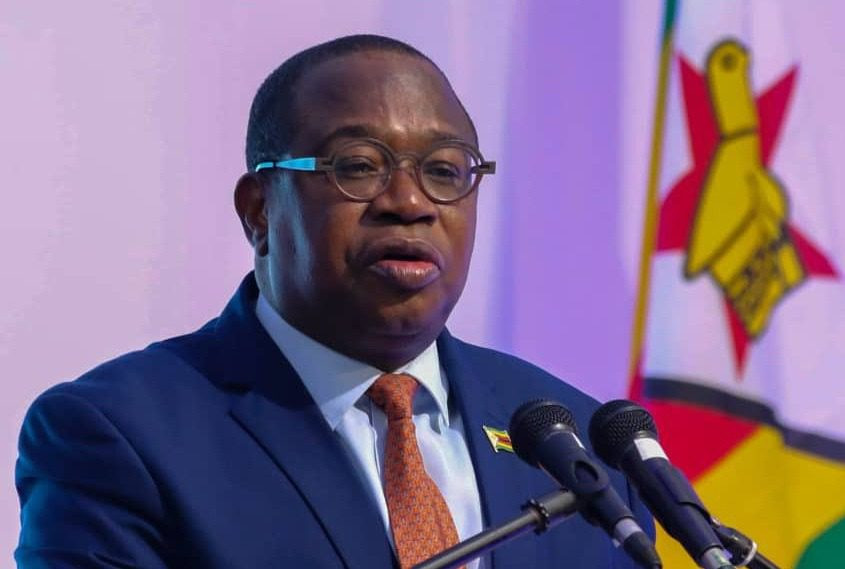
ON September 11, President Emmerson Mnangagwa appointed a new Cabinet after controversially winning the 2023 presidential elections.
The Cabinet set-up fulfilled the hint by Mnangagwa’s spokesperson George Charamba who said there won’t be major changes in Cabinet as his principal begins his second and final term.
Charamba said the Cabinet would focus on completing “far-flung projects around infrastructure” that the President started during his first term.
The composition of the Cabinet itself is a matter of concern because there were no major changes indicative of a paradigm shift for the next five years.
Rather, the composition of the Cabinet is starkly poignant and a reunion of the so-called “vene” to the feeding trough.
In the mix is a husband and a wife, with Chris Mutsvangwa now the Veterans of the Liberation Struggle Affairs minster, while his wife Monica is now Women’s Affairs, Community, Small and Medium Enterprises Development minister, having been shuttled from the Information, Publicity and Broadcasting Services portfolio.
Meanwhile, the President weaved in family members in the form of Kuda Mnangangwa as Finance deputy minister and Tongai Mnangagwa as Tourism deputy minister.
This is symbolic of a patron-client relationship.
- Letter from America: Education: Zimbabwe still ahead of the pack
- Letter from America: Education: Zimbabwe still ahead of the pack
- Chamisa resurgence ‘spooks jittery’ Zanu PF
- Chamisa resurgence ‘spooks jittery’ Zanu PF
Keep Reading
A Cabinet minister has many important functions as part of their role.
They form the main decision-making group within the Executive.
The roles include directing government policy and making decisions about national issues, spending a lot of time discussing current national problems and how this can be resolved, presenting Bills — proposed laws — from their government departments.
In this vein, this new Cabinet set-up can best be explained in terms of patron-client relationship/patron clientism.
Patron-client systems are organised by people of power, both men and women who build and keep the loyalty of people of humble position.
Both patrons and clients regard the link between them as a personal attachment similar to the bond of affection holding members of a family or kin group together.
However, unlike families, where the linkage is regarded as permanent, and often taken for granted, a patron-client relationship must be renewed constantly and renegotiated continuously.
Throughout history, clients have provided the work, income, popular acclaim, votes, political allegiance and military support which patrons need to maintain power and positions.
This is typical of the new Cabinet when there has been not many changes.
This impacts on the lives of the heterogeneous citizenry as the appointed minsters would be seized with pleasing the appointing authority at the expense of service delivery, because one who has the power to appoint can disappoint.
Simply put, “one cannot bite the hand that feeds them”.
The ideal situation would be to have a Cabinet which is not bound by affectionate ties and/or primordial relations.
By surrounding himself with family members and other old madhalaz (old guard), the President creates a “Yes man” and “Yes woman” syndrome whereby no one can stand up against his whim.
Therefore, the completion of the so-called “far-flung projects around infrastructure” which the President started during his first term remains to be seen.
Raymond Rusinga writes here in his personal capacity and is contactable on 0776 206 227.










